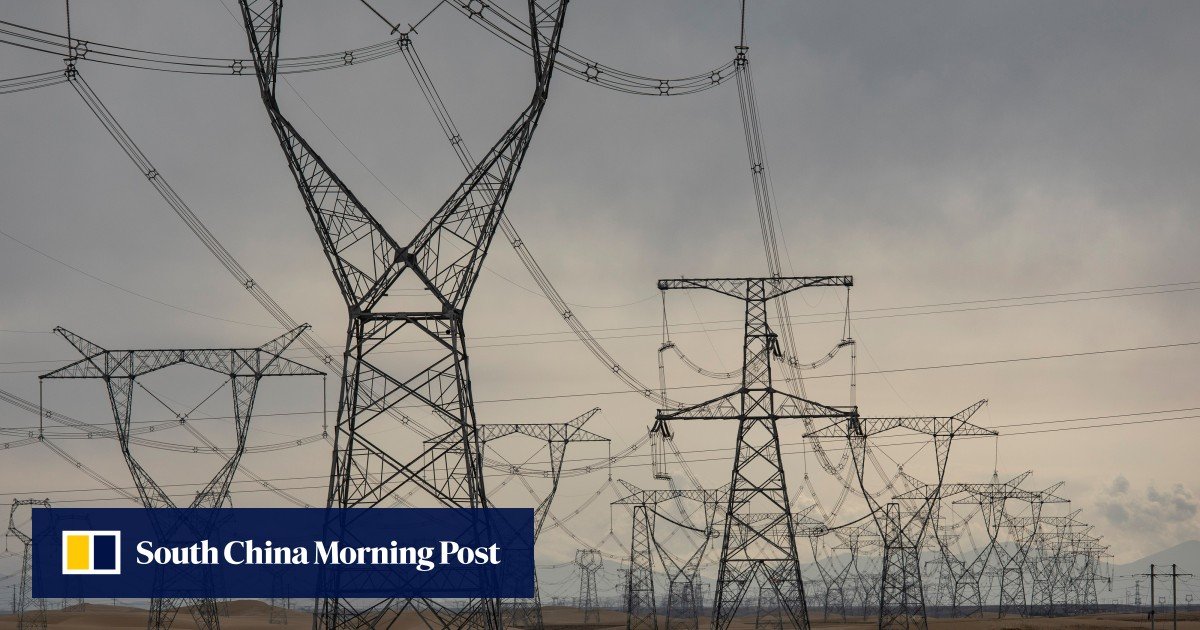https://archive.ph/Sy1OG
This article doesn't really explain it but it seems the idea is to use a specific form of fusion that produces neutrons. And then the fission component soaks up these neutrons and provides more heat and energy to further feed the fusion.
https://sci-hub.se/10.1016/s0920-3796%2889%2980060-2
I believe this paper is describing this approach. It is highly technical and I am about to go to bed. So I will go over it during a morning meeting I don't have to pay to much attention to tomorrow and report back if my initial skimming is correct.
edit: so that is the theory. The fission and fusion processes self reinforce. The two hydrogen isotopes (Deuterium and Tritium) will produce a neutron that can induce fission if it hits the Uranium isotope. And the Uranium fission can produce tritium and fast high energy tritium can then fuse with the more abundant Deuterium. The paper is rather old, so I did realize that the approach has changed from this paper slightly. Basically, from OPs article I seems that the approach is that with this hybrid process, they can use lasers to ignite the process, and it is not fully self-sustaining. So then it will run for a while, producing more energy than needed to ignite it, but because the laser pulses produces a wave of plasma that burns out, the engineering constrains on the containment and pressures are relaxed.
Okay but why even start with fusion in the first place. Regular fission makes lots of neutrons. Like there is not a shortage of neutrons.
If you just get enough fissionable material in one place it will make enough neutrons to keep going
It allows one to use other materials for fission. Notably some nuclear waste can be used to make more energy.
I am not sure if that is true. I am not up on the specific isotopes that are traditionally considered fuel and waste, but the thing I linked is proposing a specific uranium isotope. The process works best if the fission produces a Tritium nucleus. The main this is that you are getting the bulk of energy out of the fusion, and therefore using less fission material.
OPs article seems to imply that it is getting majority of energy from fusion, the feedback process means that they believe the can ignite it in a pulse that will quickly burn out, but produce more energy than put in. This makes it a lot easier in terms of the traditional hurdle towards fusion, that for the continuous process you need a very dense high pressure plasma, which makes the engineering hard.
6 years motherfucker already under construction i love how china does shit for its megaprojects :party-cat: also using AI for construction for less defects, faster and safer
if this is achieved even minorly it will change the entire world. nuclear fusion-fission reactors will be kings of energy efficiency and recycling until full fusion is met. its fantastic that this is happening and is essentially a pipe dream for physicists in america
:some-controversy: is the one of the few rays of hope I have left in this hellworld. Cuba is still holding up too, and from what I heard. They will have a referendum to pass same-sex marriage in 10 days that is leaning likely to pass.
Ehh, I'm in a good mood today. Lula might actually have a shot at beating Bolsonaro.
The global south will rise again!
Lula might actually have a shot at beating Bolsonaro.
Hopefully beating him to death with a stick.
I've seen so many articles that it's only "a few years away" that I've become skeptical, but I hope it's true.
Fusion was always funded at a level where no measurable progress would be made for years and years but in the last decade or two funding has really increased. We're hitting new milestones all the time, and it looks like a lot of the problems of sustaining a fusion reaction were really problems of computational power and magnetohydrodynamic modeling not being there yet.
I mean, if they're breaking ground on this shit, I have to assume they're serious. I agree that the old Pop-Sci articles about being another ten years out from flying cars is exhausting. But this seems to be discussing actual hardware development and not just another round of theoretical publications.
:banana-duck: good for China, but I doubt its the 'cold fusion' everyone's thinking from the headline
Cold fusion is probably pure fiction, and this reactor definitely isn't running cold.
I cannot see the phrase "cold fusion" without thinking of that cut scene from Starcraft
Quite a lot of money, but money is no object for the march of progress :some-controversy:
hmm, I don't totally get it, but it's not the fusion process that generates the output energy, rather, fusion is an intermediate step between electrical and kinetic energy? Ultimately the energy is generated by a fission reaction that's not self-sustaining, so I wonder if it's all that different from your average thorium reactor?
I think that it is trying to make the fission and fusion mutually reinforce each other. As I said in my post, I just skimmed the technical details and will double check this tomorrow. But they are using a fusion reaction that produces neutrons (Deuterium-Tritium) and the neutrons will break apart Uranium atoms they hit and enhance the fission reaction and the extra heat and energy put out by the uranium atoms will keep the plasma hot to maintain the fusion.
fusion is an intermediate step between electrical and kinetic energy
I mean almost all energy generation is except for like photovoltaic cells, pretty much everything I'm aware of involves some process of heat ----> steam or something -----> make turbine go
My lack of understanding on how a tokamak reactor works has put me in a precarious intellectual situation here lol
my understanding is that a tokamak reactor is just a particular way of containing the plasma generated by fusion but it still uses that for heat energy to create steam to drive a turbine
I'm not a physicist, I'm not an expert, but my understanding is that outside of photovoltaic materials (which convert light directly into electricity) the only way to generate electricity at industrial scale is to do the whole "spin coiled wire within a magnetic field" thing that we've been doing since the 1800s
So if I understand right, tokamak reactors create the conditions for fusion to happen continually, whereas the z-pinch method creates the conditions for fusion to happen momentarily, and the fusion-fission combination method uses the z-pinch method to both generate heat and hurl neutrons at a mass of thorium (or any other material that won't go critical) to cause fission and generate additional heat.
I guess the thing that makes Z-FFR a fusion-based energy generation method is that fusion is a convenient way to get neutrons up to fission speed?
There are nuclear reactor schemes in which energy is directly captured from the reaction's EM field.
As the plasma expands, it pushes back on the magnetic field. By Faraday's law, the change in field induces current, which is directly recaptured as electricity. This clean fusion electricity is used to power homes and communities, efficiently and affordably.
This is from a us company that's working on fusion (Helion)
Sometimes its
- differential creates electric charge ----> magnets -----> make turbine go
with heat just being a resistance residual. Modern attempts at fusion have a problem of releasing too much heat and burning out the core components of the engine. Hence the pursuit of "cold fusion", which would get you the differential that creates an electric charge thanks to the energy released by hydrogen bonding without exceeding the heat threshold that melts all your equipment.
https://en.wikipedia.org/wiki/Tokamak
Such models were actually developed, but they came with the caveat that they required more energy input to sustain a safe reaction than they produced. The goal, since the pioneering of this reactor, was to reach an efficiency threshold such that reactors were a net positive for the grid.
Here, they use a fusion reaction (which probably won't be net energy positive by itself) to release a flurry of neutrons on demand to induce fission in uranium. As far as I can tell, this means that you don't have to keep your fuel at close-to-critical conditions to sustain useful amounts of fission, you can induce it on demand using the fusion reaction. Full disclosure, I'm a materials scientist, not a nuclear engineer.
Well, I'm an accounting software guy, so you're still probably several degrees more savvy on this shit than I am.
this is a fusion-fission reactor so the purpose of the fusion is to help with recycling and efficiency basically rather than being the sole source of energy. its still a huge step up for nuclear physics
source: i know some physics nerds if you want more deets
But but... How could they possibly do this? They took the pandemic seriously, which destroys the economy!








